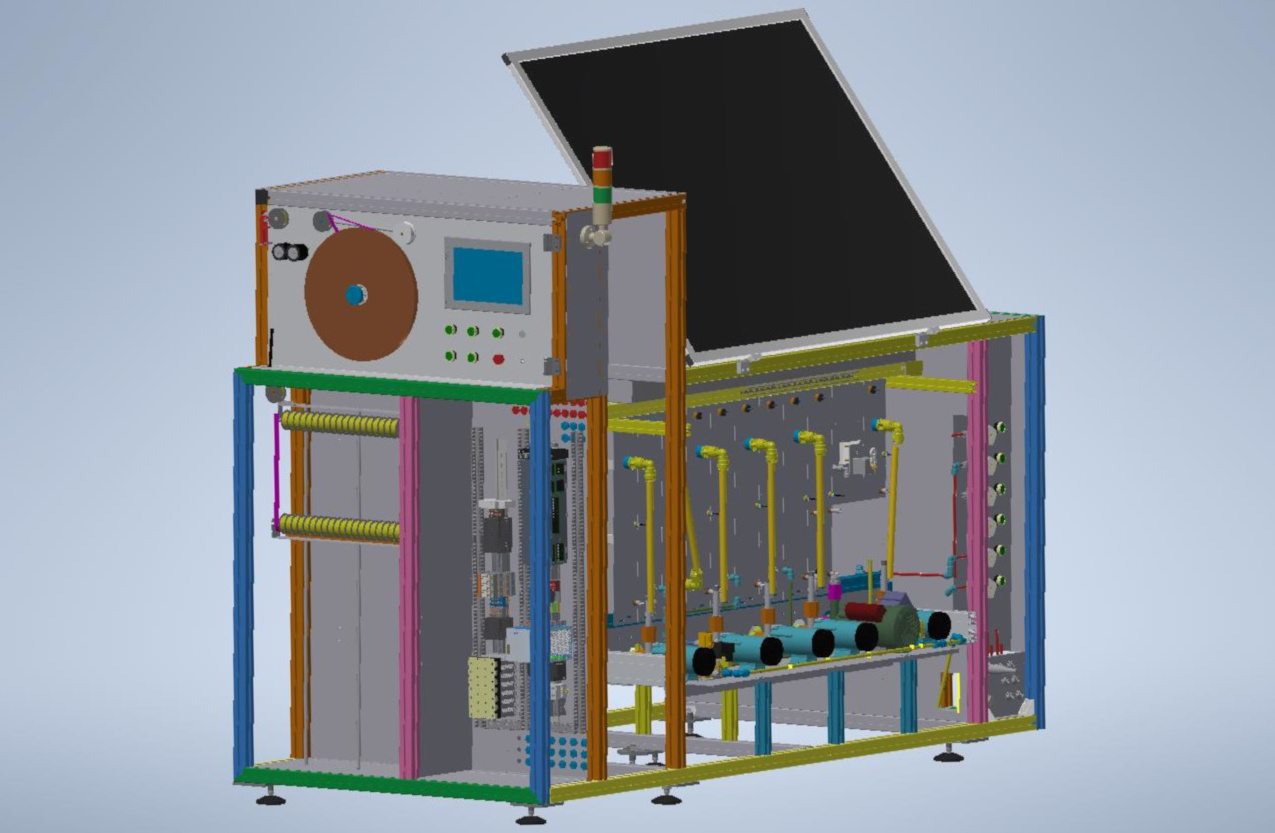ECN2 motion picture film processor
Introduction
Considering the renewed interest in shooting on film that has, over the last years, rose to unprecedented heights in the digital age, we have started working on a new project.
After the resurgence of film photography, we have also noticed a substantial comeback of film cinematography. At the same time, we also realized that the lack of machinery to properly handle motion picture film processing is slowing down both the people that want to shoot on film as well as the people that would like to offer development services.

This pushed us toward the development of a new ECN2 motion picture film processor that could fill the void in the market. Our goal is to design a processor that is capable of producing the same perfect results of the tried and tested film processors of the past that are still running today. At the same time, we also want to equip our processor with all the features you expect from modern industrial machinery, such as touch screen displays, tightly integrated and configurable control system and connectivity.
We want to start from an ECN2 processor as ECN2 film is the most common type of film stock used for motion picture. Anyway, in the future we plan to build on this experience to also expand the lineup and provide processors for E6, B&W and ECP2 as well.
Features
Our processor will sport all modern features expected from a high-end industrial machine, ready for production:


If what you’ve seen on this page is interesting for you and for your business and you would like to know more, don’t hesitate and get in touch with us.
We’ll be happy to answer all your questions and we’ll welcome your suggestions. Write us an email using the green button and we’ll reply as soon as possible.